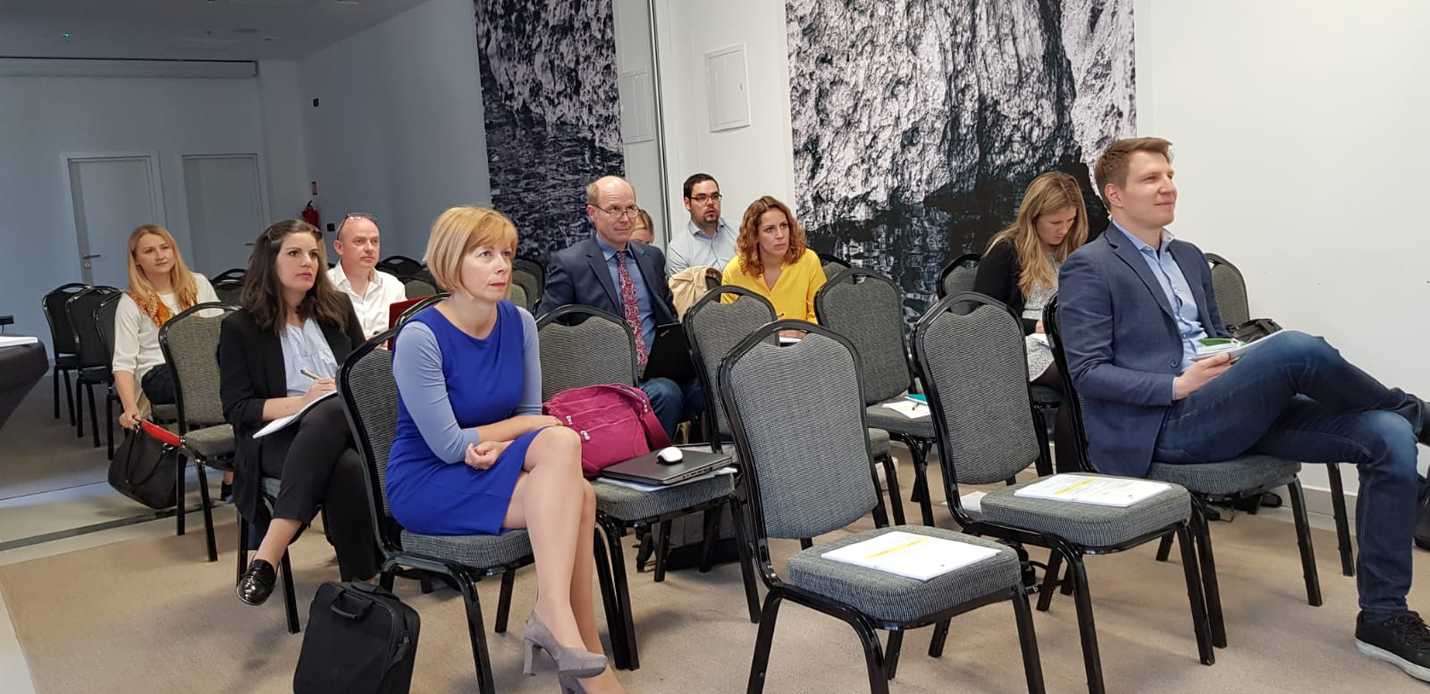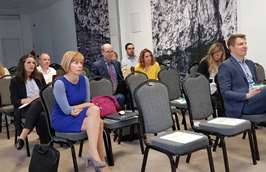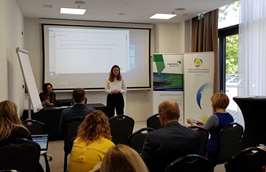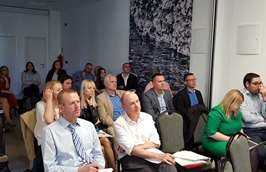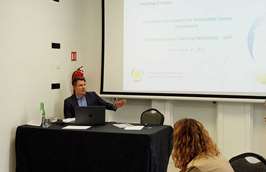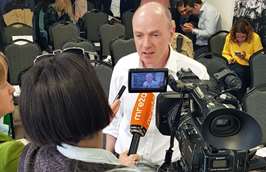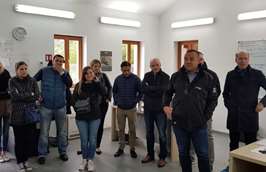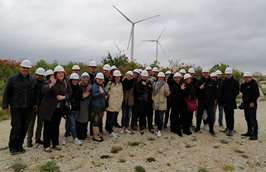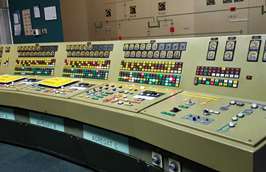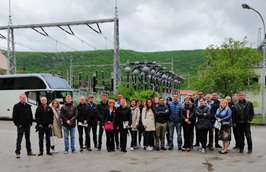08.05.2019.
Suada Mustajbegović from the Environmental Protection and Energy EfficiencyFund, who is also leader of the FIRESPOL project team in Croatia, pointed out that this multilateral cooperation will help Croatia develop the programmes for the upcoming operational period by defining the priorities, and determining the possibilities to finance the projects in the RES sector. Ms Mustajbegović underlined that the Fund was investing national assets along with the resources available from EU funds, and that approximately HRK 50 million had been allocated for the promotion of using RES in households.
The director of the Spanish Extremadura Energy Agency (AGENEX), Cosme Segador Vegas, said that the aim of FIRESPOL was to promote renewable energy sources through public and private financing schemes, to introduce innovative financial instruments, or complex grant schemes. “We wish to identify good practices in terms of innovative financial instruments and to analyse the state of play in every region in order to define policy changes aimed to promote the growth of renewable energy sources,” commented Mr. Segador Vegas. According to Mr. Segador Vegas, the most widely used technology in Spain is the photovoltaic solar energy because of its simplicity, which has decreased a lot in price. In addition, the solar resource is very constant and it can be used in many applications. During the 10-year period, the use of wind energy has increased almost threefold.
All partner countries in the FIRESPOL project agree that the exchange of experiences and knowledge has been very beneficial, all with the aim of defining the best solutions for their respective country. Thus Mr. Enda Hogan, the representative of the Irish Southern Regional Assembly, mentioned the importance of sharing experiences regarding investments and financial instruments in other partner countries, and learning from them. “So, we are learning ourselves; myself and my colleagues from my organisation are learning a great deal about investments in renewable energy technology in other member states, and we are sharing that with the local stakeholders in renewable energy, and policy that goes with it. Our goal is to look at good practice, bring some back, share, and make a positive change,” concluded Mr. Hogan.
The second day (9 May) was organised as a study visit to the wind farm Jelinak, the first windfarm (WF) in Croatia that is located in Siget Gornji, and to the Hydroelectric Power Plant (HPP) Orlovac in the vicinity of Sinj. Wind farm Jelinak comprises 20 wind turbines with 1.5 MW individual rated capacity, a total rated capacity of 30 MW. The windfarm is able to generate electricity equivalent to the annual consumption of around 30,000 Croatian homes per year. WF Jelinak was built by the Spanish company Acciona, and it has been in function since 2013. HPP Orlovac is a high head diversion plant with 249 MW total installed capacity. HPP Orlovac was commissioned in 1973. The hydroelectric power plant facilities are located in two states: reservoirs (impoundments) with associated facilities and one part of the headrace are located in Bosnia and Herzegovina, while the second part of the headrace, the water chamber, the penstock, the powerhouse and the powerhouse tailrace channel are located in the Republic of Croatia. The hydroelectric power plant is operated by Hrvatska elektroprivreda (HEP Group) – the national energy company.
Together with the representatives of the partners, the representatives of the Croatian institutions, companies, and banks also participated in the workshop in order to find as efficient as possible, but at the same time applicable solutions for the relevant circumstances with the aim of increasing the use of renewable energy sources.
The project is co-financed by European Union from the European Regional Development Fund under Interreg Europe Programme.
More about FIRESPOL: https://www.interregeurope.eu/firespol/

